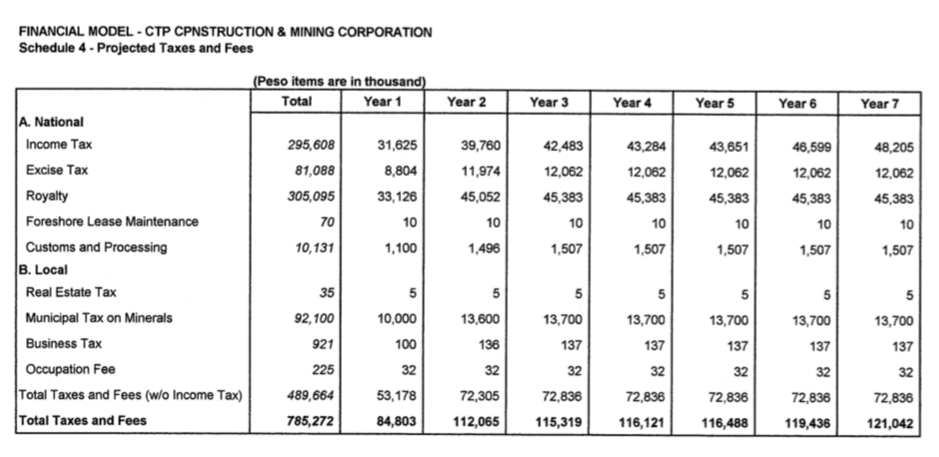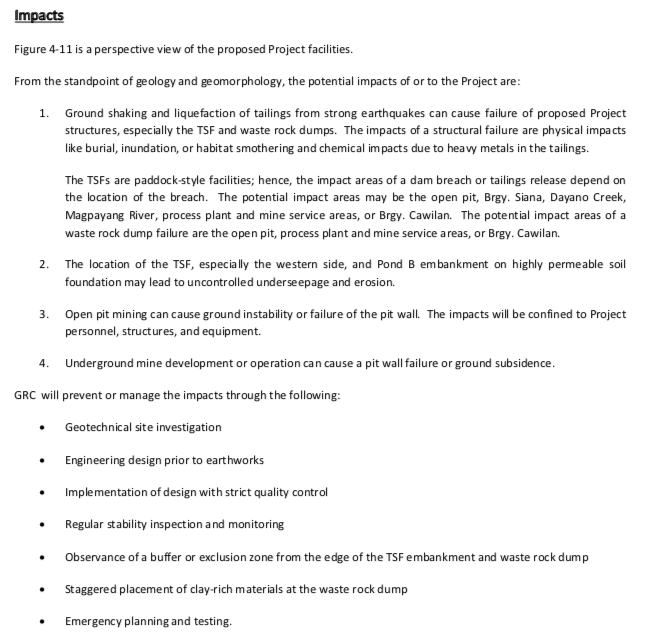|
The new Extractive Industries Transparency Initiative (EITI) Standard is like the latest smartphone in the market - it is fancy on the outside but packed with useful features on the inside. Implementing it comes with a real cost to its 52 implementing countries but by unlocking the potential of these new features can we say that it is actually worth it. Payments data from two years ago is so 2003. The EITI Standard is so much more than that now. Communities have a lot to potentially gain from the new and improved requirements - if and only if that potential is harnessed. Here are just some of the ways communities can use the EITI Standard to ensure that their natural resources are governed in a sound manner. 1. How much money will go to communities until the resource run out? Use the contracts transparency requirement.The improved contracts transparency requirement now asks countries to disclose licenses granted by government. It is cool to know to whom it was granted and when it was signed and will expire. But communities should also demand for attachments to these contracts. One document they should specifically look into is the feasibility study. In it is a section on economic feasibility which tells how much money will be generated and how much taxes will be paid among many others.  CTP Construction and Mining Corporation in the Municipality of Carrascal in the Philippines will directly pay Php 93.3 million in local taxes and fees throughout the life of its mine. This is according to its approved mining project feasibility (MPF) document as disclosed through the Philippine EITI Contracts Portal. This is a helpful insight in:
2. Does the mining operation put the host community at risk of landslide? Again, use the contracts transparency requirement.Another attachment in the contract is the site map which contains the coordinates of the license. Communities can use the map to see where the operation will accurately take place. They can ask a GIS expert to map the coordinates and check whether the operation overlaps with government-declared biodiversity areas, indigenous peoples’ lands, and landslide prone areas among many others.
This information will be helpful in:
3. How are environmental impacts and risks mitigated? Use the environmental reporting requirement.With the new Standard comes environmental reporting. Communities must demand information on not just how much was spent on environmental protection but also the very basis of these expenditures which is the environmental impact assessment (EIA) reports. Communities can use this document to look into what the impacts are, how it will affect them, and how the company and government plans to mitigate them. Information such as this will support communities in:
4. Do government officials have a stake in mining companies? Use the beneficial ownership requirementThe new Standard now requires countries and companies to disclose who their real owners are. This is easier said than done, of course. Information which will come out from the EITI will definitely not be perfect but it can be a good step towards further research. Communities may engage organizations specializing on beneficial ownership like Open Ownership to cross-reference the information against other filings and generate a more accurate picture of an extractive company’s ownership structure. This information would be helpful in:
5. Where to even begin? Maximize the multi-stakeholder group (MSG) requirement.Gathering all the information above for communities is not an easy task which is why there is the multi-stakeholder group (MSG) to do that for them. Remember that the MSG governs the national EITI implementation and consists of representatives from government, industry, and civil society organizations (CSOs). CSO representatives must be able to effectively demand for the information above by (1) leveraging the requirements under the Standard and by (2) justifying the real value and applications of such disclosures to communities. If not all of them can be disclosed at once, disclosure-by-installments may be negotiated with government and companies. Because having some is better than none at all. Lastly, CSOs should argue for timely data especially if the information is being collected already. #mainstreaming Can EITI change the world?We have probably heard the old saying EITI is not a silver bullet a few billion times already. True enough, it isn’t the solution to all our resource governance problems. Because data and reports alone will not turn countries to economic powerhouses or degraded lands into the next Amazon forest. EITI is simply… a means to an end. Mere implementation for the sake of compliance will not produce long-term, tangible results. But by utilizing EITI to push for informed and inclusive reforms for those most impacted by extractives can the full potential of the initiative be maximized.
0 Comments
Leave a Reply. |
AuthorHey there! I'm Marco from the Philippines. I write mostly about natural resource governance, open data, and good governance. Archives
November 2022
Categories
All
|


 RSS Feed
RSS Feed